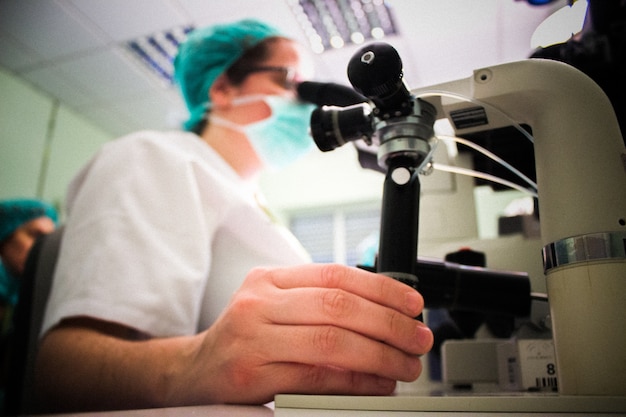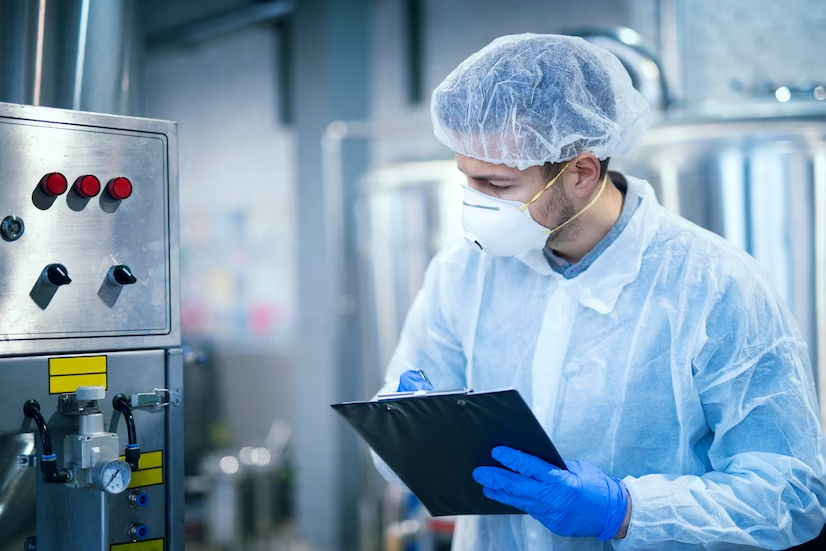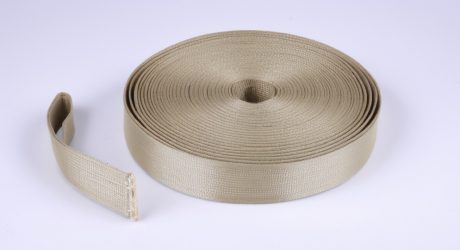Are you curious about how the food and beverage industry ensures the quality of its products? Well, let us introduce you to one of the variations of spectrometers, it is known as a cutting-edge technology that is revolutionizing quality control in this sector.
From detecting contaminants to analyzing the composition of ingredients, Raman Spectroscopy offers accurate and non-destructive analysis for food and beverage manufacturers. This article will discuss how this spectrometer works, its benefits for the food and beverage industry, and real-world examples of its application. So grab a snack as you take a closer look at this fascinating field!
What Is Raman Spectroscopy?

Raman spectroscopy is a technique for measuring low-frequency modes in a system by using the inelastic scattering of monochromatic light. The scattered light’s intensity is proportional to the square of the amplitude of the vibration.
Raman spectroscopy can be used to identify molecules by their characteristic vibrational modes. It can also be used to measure changes in the environment, such as temperature or pressure.
Raman spectroscopy is used in many different fields, including biology, chemistry, and physics. It has become increasingly popular in the food and beverage industries for quality control purposes in recent years.
There are several advantages of using Raman spectroscopy for quality control in the food and beverage industry. First, it is a nondestructive testing method, which means that it does not damage the product being tested. Second, it is rapid and can provide results within minutes. Third, it is highly sensitive and can detect very small changes in composition. Finally, it is relatively easy to use and does not require expensive equipment.
Despite these advantages, there are some limitations to using Raman spectroscopy for quality control purposes. First, it is only effective for testing products that are transparent or translucent. Second, if a sample contains more than one type of molecule, each type will produce a unique spectrum that must be analyzed separately. Third, environmental factors such as humidity can affect the
How Raman Spectroscopy Is Used In Quality Control
Raman spectroscopy is an effective analytical technique for quality control in the food and beverage industries. It can be used to identify and quantify various compounds in a sample, and to monitor changes in the composition of a sample over time.
Raman spectroscopy can be used to measure the concentrations of various compounds in a sample, and to identify impurities or contaminants. It can also be used to monitor changes in the composition of a sample over time, such as during storage or processing. This data can be used to ensure that products meet quality standards and troubleshoot production process issues.
The Benefits Of Raman Spectroscopy For Food And Beverage Quality Control
Raman spectroscopy is an effective analytical tool for quality control in the food and beverage industries.
Raman spectroscopy offers several advantages over other methods of analysis, such as chromatography or mass spectrometry. It is non-destructive, so samples can be reused; it is rapid, with analysis times of just seconds or minutes; and it is relatively low-cost.
The main applications of Raman spectroscopy in the food and beverage industry are for identifying and quantifying contaminants, monitoring process parameters such as temperature and pH, and assessing the shelf life of products.
For example, the technique can be used to detect spoilage organisms in milk or meat products or to monitor the fermentation of beer or wine. Raman spectroscopy can also be used to monitor the cooking of foodstuffs such as meat or vegetables or to study the ripening of fruits.
Raman spectroscopy is an emerging technology with great potential for use in quality control in the food and beverage industry. The technique offers many advantages over traditional methods of analysis, making it an attractive option for routine testing and quality assurance applications.
Case Studies Of Raman Spectroscopy In Food And Beverage Quality Control
Raman spectroscopy is an effective analytical tool for quality control in the food and beverage industries. An increase in the number of case studies demonstrating the potential of this spectroscopy for quality control in food and beverage applications in recent years.
One study showed that Raman spectroscopy can be used to discriminate between different types of tea leaves based on their quality. The study found that it could also distinguish between three different grades of tea leaves and that the technique could also be used to identify adulterated tea leaves.
Another study demonstrated the potential of Raman spectroscopy for monitoring the ripeness of fruits and vegetables. The study found that Ripeness Index values obtained from Raman spectra were correlated with traditional methods for assessing fruit ripeness, such as visual inspection and measuring the firmness of the fruit.
Raman spectroscopy has also been shown to be effective in detecting a range of contaminants in food and beverages, including pesticides, heavy metals, and adulterants. In one study, this spectroscopy was used to detect traces of melamine in milk powder. Melamine is a harmful chemical that can cause kidney damage, and its presence in food products is a major concern for food safety authorities worldwide.
These studies show that Raman spectroscopy has the potential to be used for quality control in the food and beverage industries. This technique can be used to quickly and accurately assess the quality of food products, detect contaminants, and monitor ripeness. As this technology continues to be developed and refined, it is likely to become an increasingly important tool for food safety and quality control.
Conclusion
Raman spectroscopy is a powerful tool for quality control in the food and beverage industry. It allows for quick, accurate detection of contaminants and adulterants, as well as providing detailed information about the chemical composition of a sample. Thanks to its non-destructive capabilities, it can be used both on-site and in laboratories to ensure that products are safe for consumption. With its high accuracy and speed, this type of spectrometer is quickly becoming an essential part of quality control processes within the food and beverage industry.
Additionals:




























